Important elements to think about when starting your mug printing business:
- Printing equipment — Invest in high-quality mug printing equipment, such as sublimation printers, heat presses, and transfer paper. Consider both budget and professional-grade options based on your target market.
- Mugs — Source high-quality blank mugs suitable for printing. Ensure you have a variety of styles and sizes to cater to different customer preferences.
- Design software — Use graphic design software, such as Adobe Illustrator or CorelDRAW, to create custom designs. There are also user-friendly, affordable options like Canva.
- Products and customization — Decide on the types of mugs you will offer, such as ceramic mugs, travel mugs, magic mugs (heat-sensitive), and stainless steel mugs. Offer various customization options, such as personalized text, photos, logos, and artwork. Provide design templates to help customers visualize their custom mugs.
- Register your business — A limited liability company (LLC) is the best legal structure for new businesses because it is fast and simple. Form your business immediately using ZenBusiness LLC formation service or choose one of the top services available.
- Legal business aspects — Register for taxes, open a business bank account, and get an EIN.
- E-commerce platform — Set up an e-commerce platform to sell your custom mugs online. Ensure your website is user-friendly, mobile-responsive, and secure, or choose popular platforms like Etsy.
- Social media — Use platforms like Instagram, Facebook, and Pinterest to showcase your products.
- Packaging — Invest in packaging materials, such as boxes and bubble wrap, to ensure your mugs are safely delivered to customers.
Interactive Checklist at your fingertips—begin your mug printing business today!
Download Now
1. Is This the Right Business for You?
Pros and cons
To clarify, a mug printing business purchases blank mugs in bulk and then prints designs on them using various techniques.
Starting a mug printing business has pros and cons to consider before deciding if it’s right for you.
Pros
- Flexibility – Run your business at home and sell online
- Good Money – Ongoing costs are low, so profit margins are high
- Large Market – Almost everyone owns mugs
Cons
- Crowded Market – Many players in the mug market to compete with
- Skills Needed – Creativity and equipment skills are necessary
Mug printing industry trends
Industry size and growth
Trends and challenges
Trends in the mug industry include:
- The demand for travel mugs is growing, presenting an opportunity for mug printing businesses to offer more products.
- Mugs with social statements on them are trending, which is an opportunity for mug printing businesses to leverage hot-button phrases.
Challenges in the mug printing industry include:
- Low barriers to entry for a mug printing business make the industry more competitive.
- Inflation is causing blank mug prices to rise, decreasing profit margins for mug printers.
How much does it cost to start a mug printing business?
Startup costs for a mug printing business range from $4,500 to $10,000. Costs include the printing equipment, computer, website, and an inventory of blank mugs.
You can take inexpensive mug printing courses at sites like Udemy.
You’ll need to find a supplier, locally or online, who sells blank mugs in bulk. There are many online that sell them in relatively small quantities, which will help keep your startup costs low.
You’ll need a handful of items to successfully launch your mug printing business, including:
- Mug heat press machine
- Sublimation transfer paper
- Heat resistance tape
- Sublimation printer
- Blank mugs for screen printing or litho printing, or blank sublimation mugs
| Start-up Costs | Ballpark Range | Average |
| Setting up a business name and corporation | $150 - $200 | $175 |
| Business licenses and permits | $100 - $300 | $200 |
| Insurance | $100-$300 | $200 |
| Business cards and brochures | $200 - $300 | $250 |
| Website setup | $1,000 - $3,000 | $2,000 |
| Printing equipment and supplies | $2,000 - $4,000 | $3,000 |
| Computer | $800 - $1,600 | $1,200 |
| Inventory of blank mugs | $200 - $400 | $300 |
| Total | $4,550 - $10,100 | $7,325 |
How much can you earn from a mug printing business?
You should be able to sell each custom mug for about $10. Your profit margin after the costs to produce a mug should be about 60%.
In your first year or two, you could work from home and sell 20 mugs a day, bringing in $73,000 in annual revenue. This would mean $44,000 in profit, assuming that 60% margin. As your brand gains recognition and you get referrals, sales could climb to 100 mugs a day. At this stage, you’d rent a production facility and hire staff, reducing your profit margin to around 30%. With annual revenue of $365,000, you’d make a great profit of nearly $110,000.
What barriers to entry are there?
The only barrier to entry for a mug printing business is the large amount of competition you’ll face.
2. Shape Your Big Idea
Now that you know what’s involved in starting a mug printing business, it’s a good idea to hone your concept in preparation to enter a competitive market.
Market research will give you the upper hand, even if you’re already positive that you have a perfect product or service. Conducting market research is important, because it can help you understand your customers better, who your competitors are, and your business landscape.
Why? Identify an opportunity
Research mug printing businesses in your area and online to examine their products, price points, and customer reviews. You’re looking for a market gap to fill. For instance, maybe the market is missing a custom travel mug business or bone china mugs, or ceramic mugs.
You might consider targeting a niche market by specializing in a certain aspect of your industry, such as social message mugs or custom photo mugs.
This could jumpstart your word-of-mouth marketing and attract clients right away.
What? Determine your products or services
You’ll need to determine what types of mugs you want to sell and if you want to do custom mugs or come up with your own designs. You could also do T-shirt printing if you have the right equipment.
How much should you charge for mugs?
You should be able to sell each custom mug for about $10, sometimes more. Your profit margin after the costs to produce a mug should be about 60%.
Once you know your costs, you can use this Step By Step profit margin calculator to determine your mark-up and final price points. Remember, the prices you use at launch should be subject to change if warranted by the market.
Who? Identify your target market
Your target market will be broad, so you should spread out your marketing to include sites like TikTok, Instagram, Facebook, and LinkedIn.
Where? Choose your business premises
In the early stages, you may want to run your business from home to keep costs low. But as your business grows, you’ll likely need to hire workers for various roles and may need to rent out a production facility. You can find commercial space to rent in your area on sites such as Craigslist, Crexi, and Instant Offices.
When choosing a commercial space, you may want to follow these rules of thumb:
- Central location accessible via public transport
- Ventilated and spacious, with good natural light
- Flexible lease that can be extended as your business grows
- Ready-to-use space with no major renovations or repairs needed
3. Find a Name That Stands Out
Here are some ideas for brainstorming your business name:
- Short, unique, and catchy names tend to stand out
- Names that are easy to say and spell tend to do better
- Name should be relevant to your product or service offerings
- Ask around — family, friends, colleagues, social media — for suggestions
- Including keywords, such as “mug designs” or “custom mugs”, boosts SEO
- Name should allow for expansion, for ex: “Mug Mania” over “Wedding Mugs”
- A location-based name can help establish a strong connection with your local community and help with the SEO but might hinder future expansion
Once you’ve got a list of potential names, visit the website of the US Patent and Trademark Office to make sure they are available for registration and check the availability of related domain names using our Domain Name Search tool below. Using “.com” or “.org” sharply increases credibility, so it’s best to focus on these.
Find a Domain
Powered by GoDaddy.com
Finally, make your choice among the names that pass this screening and go ahead with domain registration and social media account creation. Your business name is one of the key differentiators that sets your business apart. Once you pick your company name, and start with the branding, it is hard to change the business name. Therefore, it’s important to carefully consider your choice before you start a business entity.
4. Map Out Your Business Plan
Here are the key components of a business plan:

- Executive Summary: A concise summary of your mug printing business plan, highlighting key points.
- Business Overview: A brief description of your mug printing business, its mission, and its target market.
- Product and Services: Explanation of the mugs and printing services you offer, including any unique features or customization options.
- Market Analysis: Research and data on the mug market, including size, trends, and customer demographics.
- Competitive Analysis: An assessment of your competitors in the mug printing industry and their strengths and weaknesses.
- Sales and Marketing: Strategies for promoting and selling your mugs, including pricing, distribution, and advertising.
- Management Team: An introduction to the key members of your team and their roles in the business.
- Operations Plan: Details on how your mug printing business will operate, including production, sourcing, and location.
- Financial Plan: Projections of income, expenses, and profits for your business, including startup costs and funding sources.
- Appendix: Additional documents or information, such as market research data, resumes, or legal documents, that support your business plan.
If you’ve never created a business plan, it can be an intimidating task. You might consider hiring a business plan specialist to create a top-notch business plan for you.
5. Make It Official
Registering your business is an absolutely crucial step — it’s the prerequisite to paying taxes, raising capital, opening a bank account, and other guideposts on the road to getting a business up and running.
Plus, registration is exciting because it makes the entire process official. Once it’s complete, you’ll have your own business!
Choose where to register your company
Your business location is important because it can affect taxes, legal requirements, and revenue. Most people will register their business in the state where they live, but if you’re planning to expand, you might consider looking elsewhere, as some states could offer real advantages when it comes to mug printing businesses.
If you’re willing to move, you could really maximize your business! Keep in mind, it’s relatively easy to transfer your business to another state.
Choose your business structure
Business entities come in several varieties, each with its pros and cons. The legal structure you choose for your mug printing business will shape your taxes, personal liability, and business registration requirements, so choose wisely.
Here are the main options:

- Sole Proprietorship – The most common structure for small businesses makes no legal distinction between company and owner. All income goes to the owner, who’s also liable for any debts, losses, or liabilities incurred by the business. The owner pays taxes on business income on his or her personal tax return.
- General Partnership – Similar to a sole proprietorship, but for two or more people. Again, owners keep the profits and are liable for losses. The partners pay taxes on their share of business income on their personal tax returns.
- Limited Liability Company (LLC) – Combines the characteristics of corporations with those of sole proprietorships or partnerships. Again, the owners are not personally liable for debts.
- C Corp – Under this structure, the business is a distinct legal entity and the owner or owners are not personally liable for its debts. Owners take profits through shareholder dividends, rather than directly. The corporation pays taxes, and owners pay taxes on their dividends, which is sometimes referred to as double taxation.
- S Corp – An S-Corporation refers to the tax classification of the business but is not a business entity. An S-Corp can be either a corporation or an LLC, which just need to elect to be an S-Corp for tax status. In an S-Corp, income is passed through directly to shareholders, who pay taxes on their share of business income on their personal tax returns.
We recommend that new business owners choose LLC as it offers liability protection and pass-through taxation while being simpler to form than a corporation. You can form an LLC in as little as five minutes using an online LLC formation service. They will check that your business name is available before filing, submit your articles of organization, and answer any questions you might have.
6. Get Your Tax Ducks in a Row
The final step before you’re able to pay taxes is getting an Employer Identification Number, or EIN. You can file for your EIN online or by mail or fax: visit the IRS website to learn more. Keep in mind, if you’ve chosen to be a sole proprietorship, you can simply use your social security number as your EIN.
Once you have your EIN, you’ll need to choose your tax year. Financially speaking, your business will operate in a calendar year (January–December) or a fiscal year, a 12-month period that can start in any month. This will determine your tax cycle, while your business structure will determine which taxes you’ll pay.
It is important to consult an accountant or other professional to help you with your taxes to ensure you’re completing them correctly.
7. Secure the Funds to Get Started
Securing financing is your next step and there are plenty of ways to raise capital:

- Bank loans: This is the most common method but getting approved requires a rock-solid business plan and strong credit history.
- SBA-guaranteed loans: The Small Business Administration can act as guarantor, helping gain that elusive bank approval via an SBA-guaranteed loan.
- Government grants: A handful of financial assistance programs help fund entrepreneurs. Visit Grants.gov to learn which might work for you.
- Friends and Family: Reach out to friends and family to provide a business loan or investment in your concept. It’s a good idea to have legal advice when doing so because SEC regulations apply.
- Crowdfunding: Websites like Kickstarter and Indiegogo offer an increasingly popular low-risk option, in which donors fund your vision. Entrepreneurial crowdfunding sites like Fundable and WeFunder enable multiple investors to fund your business.
- Personal: Self-fund your business via your savings or the sale of property or other assets.
Bank and SBA loans are probably the best option, other than friends and family, for funding a mug printing business. You might also try crowdfunding if you have an innovative concept.
8. Handle the Necessary Licenses & Permits
Starting a mug printing business requires obtaining a number of licenses and permits from local, state, and federal governments.
Federal regulations, licenses, and permits associated with starting your business include doing business as (DBA), health licenses and permits from the Occupational Safety and Health Administration (OSHA), trademarks, copyrights, patents, and other intellectual properties, as well as industry-specific licenses and permits.
You may also need state-level and local county or city-based licenses and permits. The license requirements and how to obtain them vary, so check the websites of your state, city, and county governments or contact the appropriate person to learn more.
You could also check this SBA guide for your state’s requirements, but we recommend using MyCorporation’s Business License Compliance Package. They will research the exact forms you need for your business and state and provide them to ensure you’re fully compliant.
This is not a step to be taken lightly, as failing to comply with legal requirements can result in hefty penalties.
If you feel overwhelmed by this step or don’t know how to begin, it might be a good idea to hire a professional to help you check all the legal boxes.
9. Set Up a Business Bank Account
Before you start making money, you’ll need a place to keep it, and that requires opening a bank account.
Keeping your business finances separate from your personal account makes it easy to file taxes and track your company’s income, so it’s worth doing even if you’re running your mug printing business as a sole proprietorship. Opening a business bank account is quite simple, and similar to opening a personal one. Most major banks offer accounts tailored for businesses — just inquire at your preferred bank to learn about their rates and features.
Banks vary in terms of offerings, so it’s a good idea to examine your options and select the best plan for you. Once you choose your bank, bring in your EIN (or Social Security Number if you decide on a sole proprietorship), articles of incorporation, and other legal documents and open your new account.
10. Protect Your Venture with Insurance
Business insurance is an area that often gets overlooked yet it can be vital to your success as an entrepreneur. Insurance protects you from unexpected events that can have a devastating impact on your business.
Here are some types of insurance to consider:
- General liability: The most comprehensive type of insurance, acting as a catch-all for many business elements that require coverage. If you get just one kind of insurance, this is it. It even protects against bodily injury and property damage.
- Business Property: Provides coverage for your equipment and supplies.
- Equipment Breakdown Insurance: Covers the cost of replacing or repairing equipment that has broken due to mechanical issues.
- Worker’s compensation: Provides compensation to employees injured on the job.
- Property: Covers your physical space, whether it is a cart, storefront, or office.
- Commercial auto: Protection for your company-owned vehicle.
- Professional liability: Protects against claims from a client who says they suffered a loss due to an error or omission in your work.
- Business owner’s policy (BOP): This is an insurance plan that acts as an all-in-one insurance policy, a combination of the above insurance types.
11. Protect Your Venture with Insurance
As opening day nears, prepare for launch by reviewing and improving some key elements of your business.
Essential software and tools
Being an entrepreneur often means wearing many hats, from marketing to sales to accounting, which can be overwhelming. Fortunately, many websites and digital tools are available to help simplify many business tasks.
You may want to use industry-specific software, such as LS Retail, Vend, or Retail Pro, to manage purchasing, inventory, and invoicing.
Accounting
- Popular web-based accounting programs for smaller businesses include Quickbooks, Freshbooks, and Xero.
- If you’re unfamiliar with basic accounting, you may want to hire a professional, especially as you begin. The consequences for filing incorrect tax documents can be harsh, so accuracy is crucial.
Develop your website
Website development is crucial because your site is your online presence and needs to convince prospective clients of your expertise and professionalism.
You can create your own website using services like WordPress, Wix, or Squarespace. This route is very affordable, but figuring out how to build a website can be time-consuming. If you lack tech-savvy, you can hire a web designer or developer to create a custom website for your business.
They are unlikely to find your website, however, unless you follow Search Engine Optimization (SEO) practices. These are steps that help pages rank higher in the results of top search engines like Google.
Marketing
Here are some powerful marketing strategies for your future business:
- Social Media Contests and Giveaways: Engage your audience by hosting creative contests or giveaways on social media platforms, encouraging participants to share your posts, tag friends, and follow your page for a chance to win personalized mugs.
- Partnerships with Local Businesses: Collaborate with local cafes, restaurants, or offices to offer custom-branded mugs featuring their logos, creating a win-win situation that enhances brand visibility for both parties.
- Themed Limited Editions: Create a sense of urgency and exclusivity by periodically releasing limited-edition mug collections tied to popular events, holidays, or local themes, attracting collectors and enthusiasts.
- Influencer Collaborations: Partner with influencers in your niche to showcase your unique mug designs through sponsored posts, unboxing videos, or lifestyle photos, leveraging their audience to boost your brand awareness.
- Corporate Gifting Packages: Develop tailored packages for businesses looking to give personalized mugs as corporate gifts, offering discounts for bulk orders and customization options that align with their branding.
- Pop-Up Shops at Events: Set up pop-up shops at local events, markets, or festivals to showcase your mugs in person, allowing potential customers to touch, feel, and personalize their purchases on the spot.
- DIY Mug Printing Workshops: Host workshops or tutorials on DIY mug printing, teaching customers the art of personalization while showcasing your product’s quality and uniqueness.
- Customer Loyalty Programs: Implement a loyalty program where customers earn points with each purchase, encouraging repeat business and referrals by offering discounts or free items after reaching certain point milestones.
- Collaborative Design Contests: Engage your audience by hosting design contests where customers submit their creative ideas, with winning designs turned into limited-edition mugs, fostering a sense of community and involvement.
- Localized Online Advertising: Utilize targeted online advertising to reach potential customers in specific localities, focusing on your community and the unique aspects of your mug printing business that set it apart.
Focus on USPs
Unique selling propositions, or USPs, are the characteristics of a product or service that set it apart from the competition. Customers today are inundated with buying options, so you’ll have a real advantage if they are able to quickly grasp how your mug printing business meets their needs or wishes. It’s wise to do all you can to ensure your USPs stand out on your website and in your marketing and promotional materials, stimulating buyer desire.
Global pizza chain Domino’s is renowned for its USP: “Hot pizza in 30 minutes or less, guaranteed.” Signature USPs for your mug printing business could be:
- Custom coffee mugs to start your morning right
- Put your logo where your mouth is — on your mugs!
- Personalized travel mugs to keep you inspired on the road
Networking
You may not like to network or use personal connections for business gain. But your personal and professional networks likely offer considerable untapped business potential. Maybe that Facebook friend you met in college is now running a mug printing business, or a LinkedIn contact of yours is connected to dozens of potential clients. Maybe your cousin or neighbor has been working in mug printing for years and can offer invaluable insight and industry connections.
The possibilities are endless, so it’s a good idea to review your personal and professional networks and reach out to those with possible links to or interest in mug printing. You’ll probably generate new customers or find companies with which you could establish a partnership. Online businesses might also consider affiliate marketing as a way to build relationships with potential partners and boost business.
12. Build a Team That Brings Your Vision to Life
If you’re starting out small from a home office, you may not need any employees. But as your business grows, you will likely need workers to fill various roles. Potential positions for a mug printing business include:
- Mug Printers – print mugs, prepare for shipping
- General Manager – ordering, accounting
- Marketing Lead – SEO strategies, social media
At some point, you may need to hire all of these positions or simply a few, depending on the size and needs of your business. You might also hire multiple workers for a single role or a single worker for multiple roles, again depending on need.
Free-of-charge methods to recruit employees include posting ads on popular platforms such as LinkedIn, Facebook, or Jobs.com. You might also consider a premium recruitment option, such as advertising on Indeed, Glassdoor, or ZipRecruiter. Further, if you have the resources, you could consider hiring a recruitment agency to help you find talent.
13. Start Printing, Selling & Growing Your Business!
Who wants a plain old mug for their coffee? Not many people these days, which is why custom mugs are all the rage. Mug printing is easy to learn, so with a little investment and a passion for unique designs, you may be able to build a mug printing empire!
You’ve invested some time in learning about the business, so now it’s time to get creative and start pumping out brilliant mug designs.
FAQs
How profitable is a mug printing business?
A mug printing business can be very profitable, since profit margins are high. You just need to be able to come up with unique designs to stand out in a competitive market.
How should I price my printed mugs?
You should be able to sell custom mugs for about $10, sometimes more. Your profit margin after the costs to produce a mug should be about 60%. Once you know your costs, you can use our profit margin calculator to determine your mark-up and final price points.
Which printer is the best for mug printing?
The best printer for mug printing is typically a sublimation printer that is specifically designed for heat transfer printing onto various surfaces, including mugs. Look for printers that offer high-resolution output, accurate color reproduction, and compatibility with sublimation inks.
What is the most popular mug size?
The most popular mug size is the standard 11 oz (325 ml) mug. This size is commonly used for personal and promotional purposes, making it a widely preferred choice in the market.
How do I make designs for mugs?
To make designs for mugs, you can use graphic design software such as Adobe Photoshop or Illustrator. Create or import your desired artwork, customize it to fit the dimensions of the mug, and ensure it is in a compatible file format (such as PNG or JPEG) for printing. You can also use online design tools or hire a graphic designer to create unique and professional designs.
How can I differentiate my mug printing business from competitors in the market?
Differentiate your mug printing business by offering customization options such as personalized names, photos, or messages, providing a wide range of design templates or themes, using high-quality materials and inks to ensure durability and vibrant colors, offering quick turnaround times, providing exceptional customer service, and exploring unique printing techniques like metallic finishes or textured designs.

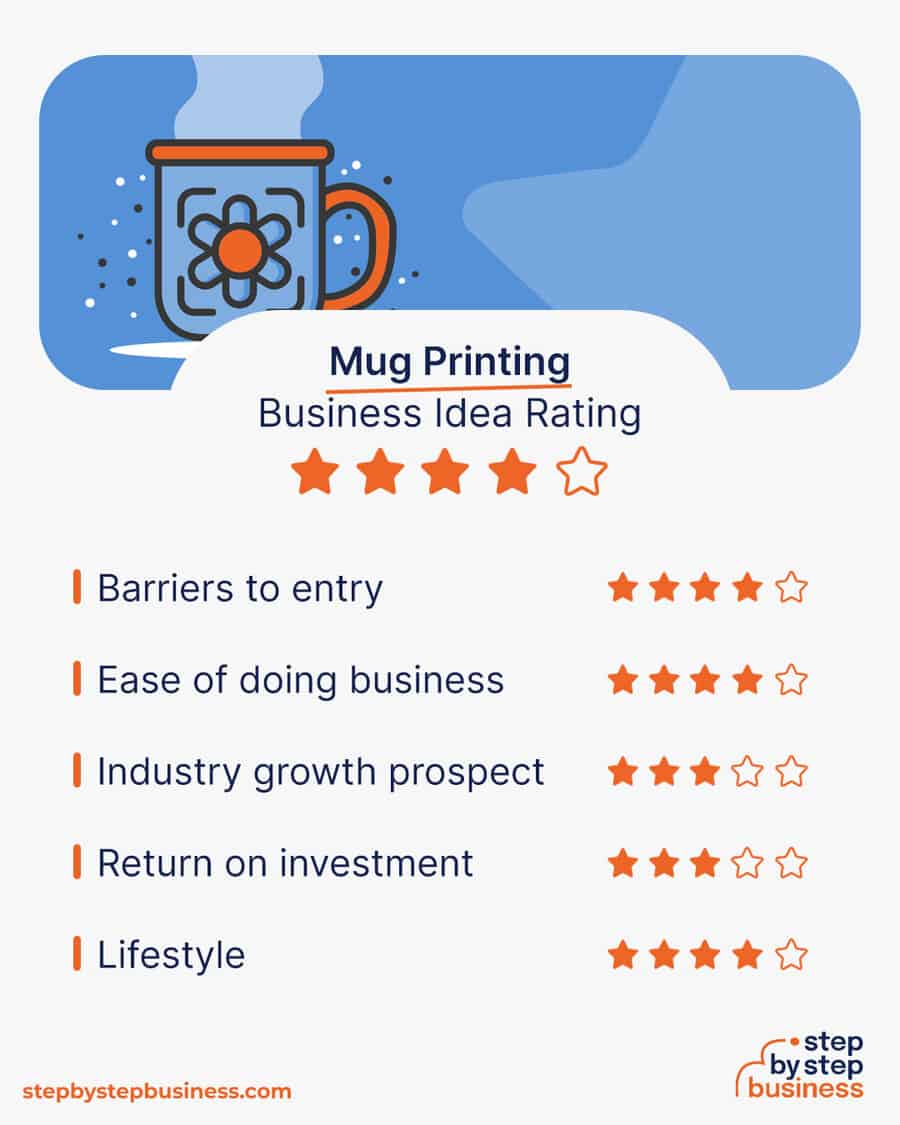
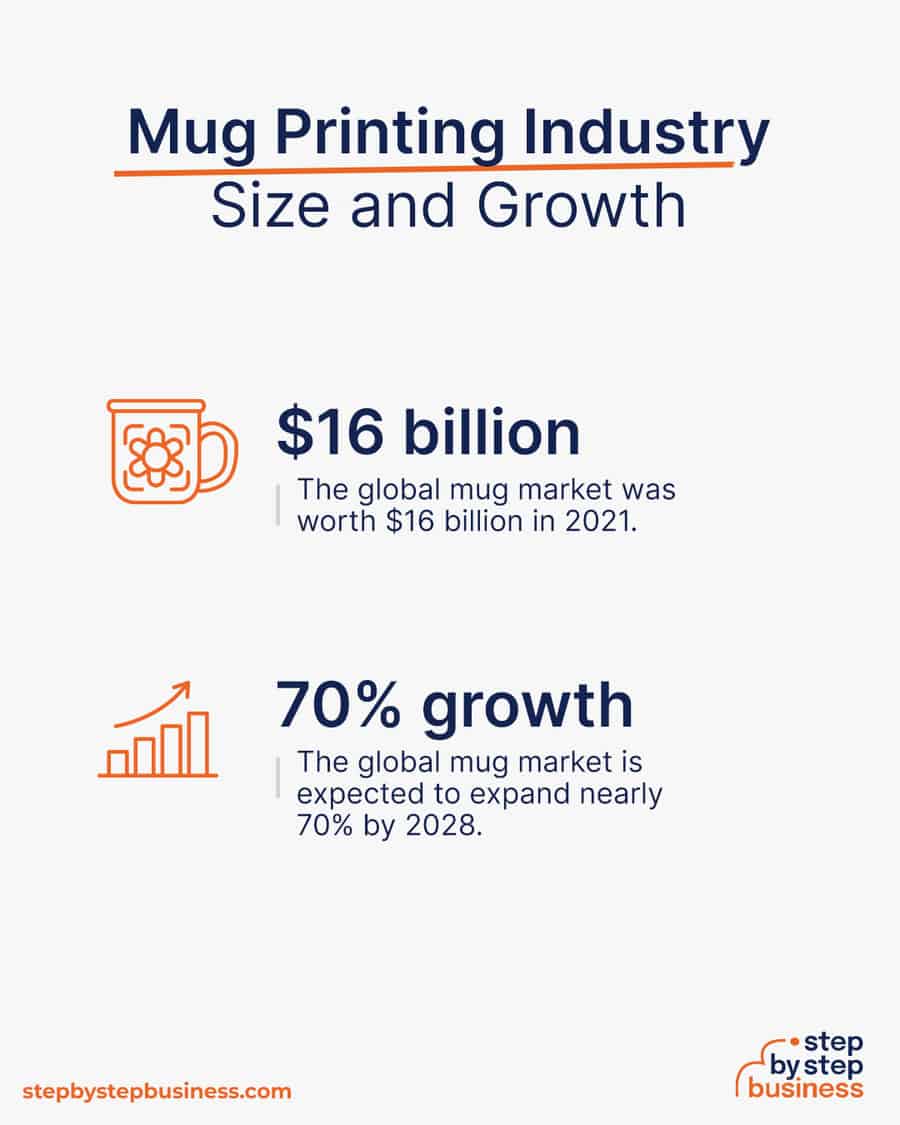
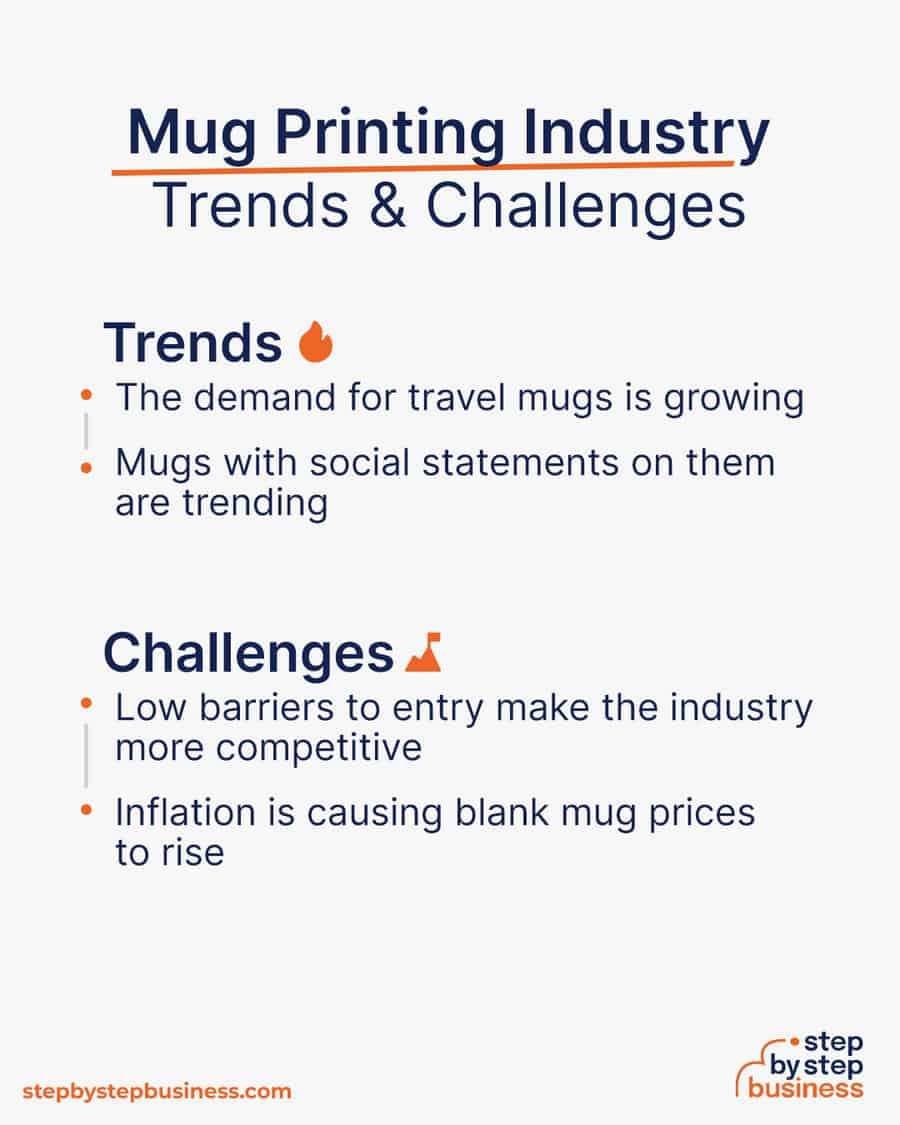
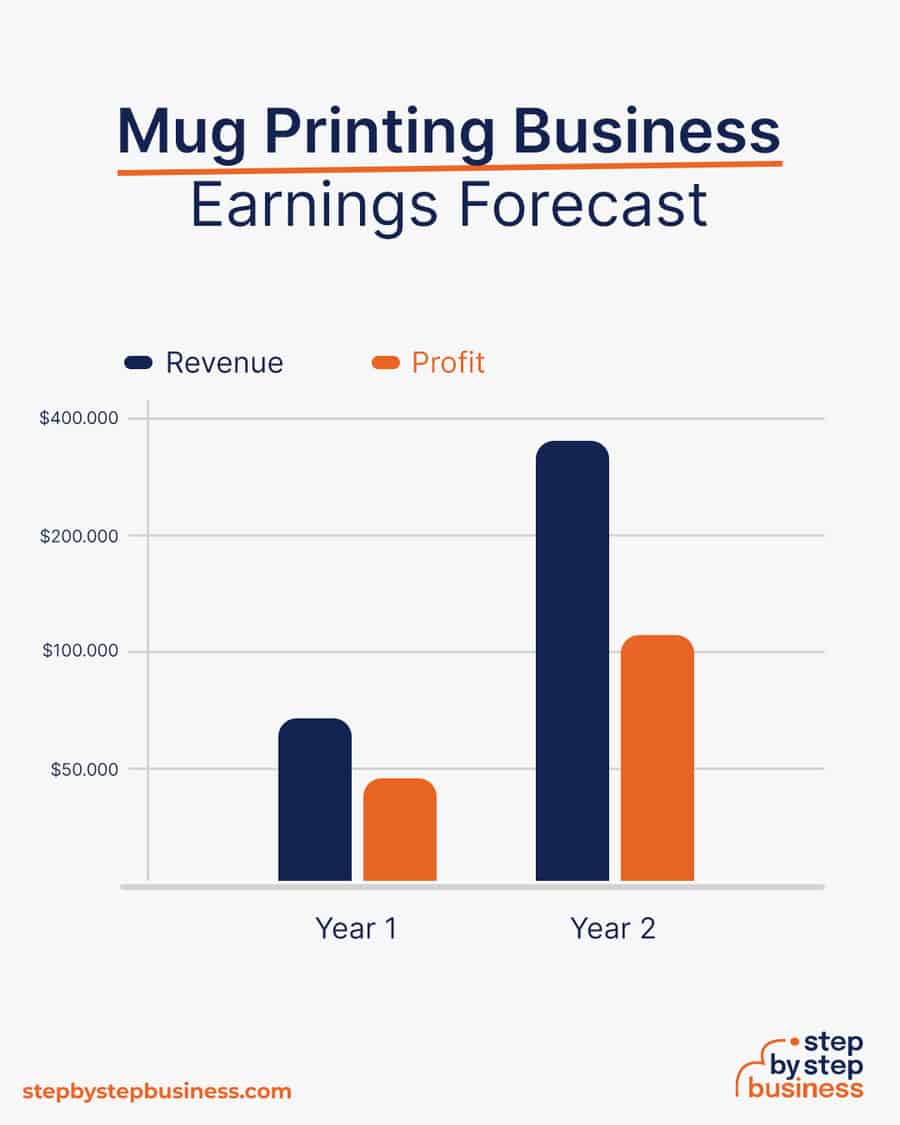






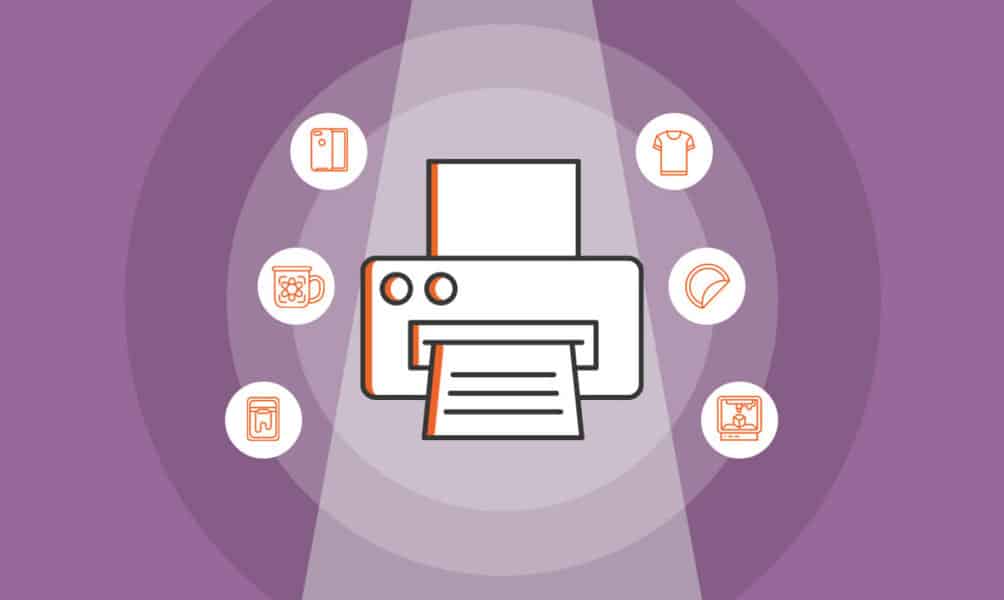
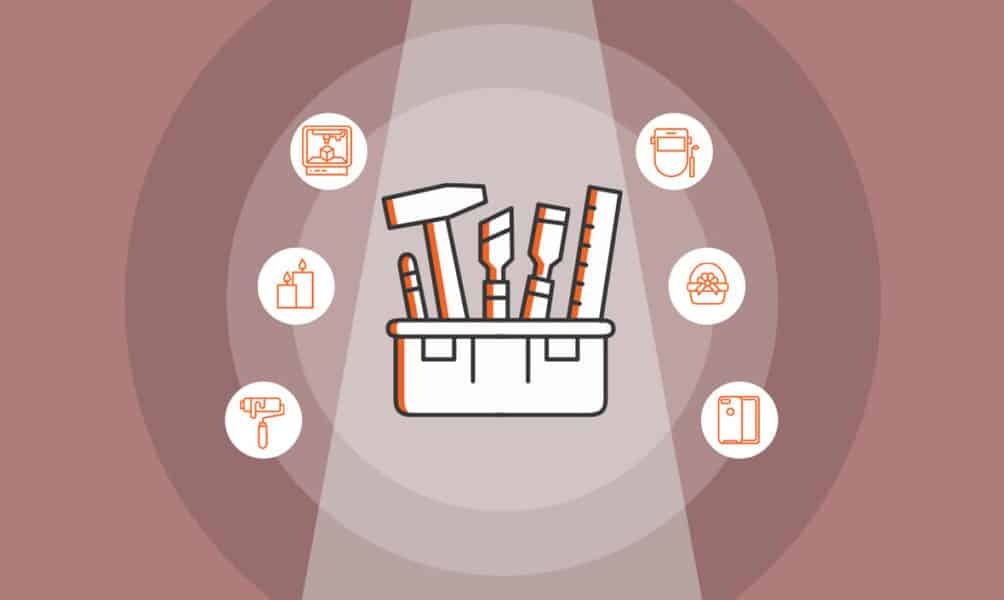
Comments